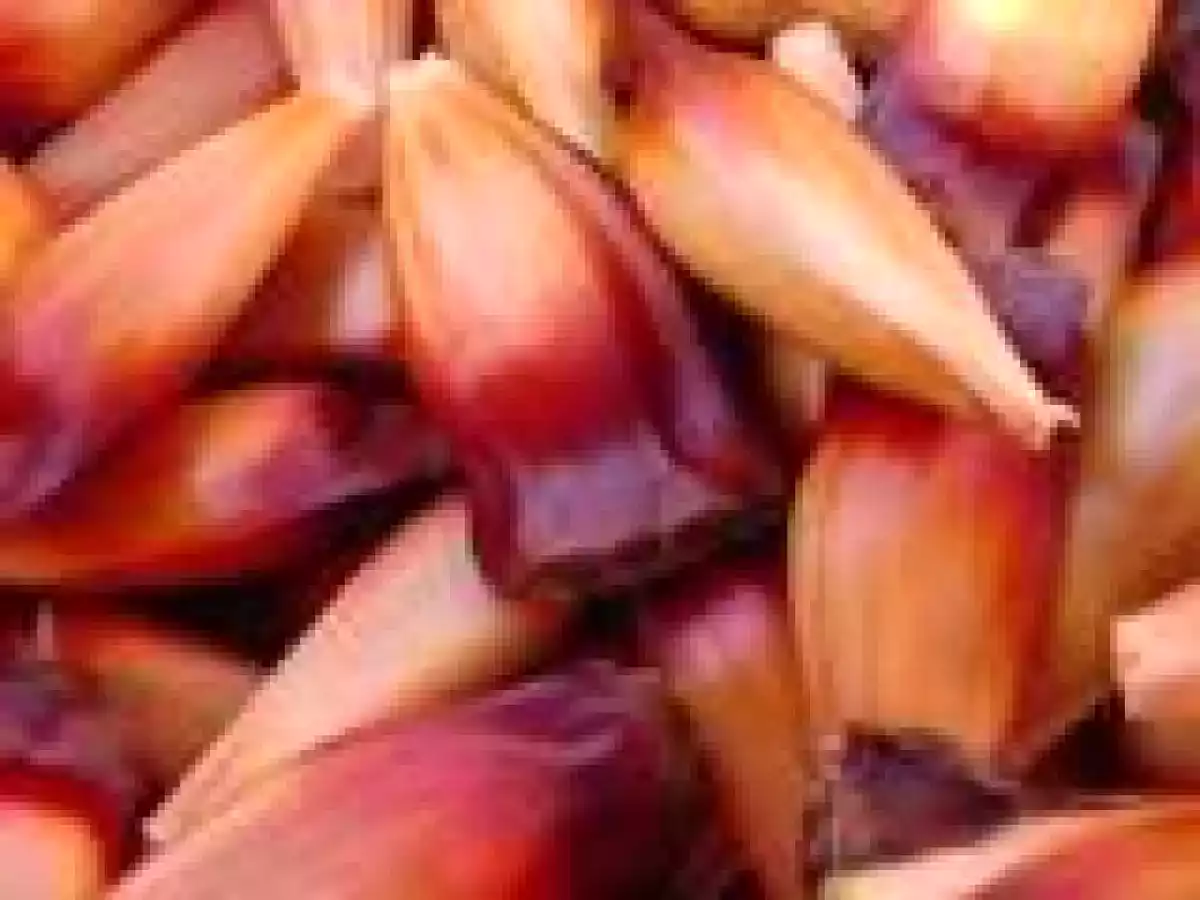The Pinhão - Brazil's "Pine nut on steroids"


In contemporary North American and European cuisines there is extensive use of the pine nut. Without pignoli (pine nut in Italian) is it impossible to make a true pesto sauce. In Greece and the Middle East pine nuts are an important ingredient in the filling for baklava. There is wide use of pine nuts in the traditional Native American cooking of the Southwestern USA, and in the cuisine of Mexico, where pine nuts are used in some recipes for chiles en nogada, an iconic Mexican recipe.
Pine nuts are important in Brazilian cuisine too, and have been cultivated and eaten since long before the arrival of Europeans in 1500. However, the pine nut of Brazilian cooking (pinhão in Portuguese) is not from the same family of trees as European and North American pine nuts. It it harvested from the Araucaria pine, which is a large and geographically widely-dispersed family of pine-like trees of the Southern Hemisphere. Member of this family which have been successfully transplanted to the Northern Hemisphere include the Norfolk Island Pine and the Monkey Puzzle Tree.
Tremendous quantities of pinhões (the plural of pinhão) are consumed every years in Brazil, mostly in the Southern and Southeastern regions where the Araucaria are native and grow rapidly. Latest figures show an annual harvest of about 4,300 tons of seeds. In Lages, a city in the southern state of Santa Catarina, there is an annual pinhão festival, the Festa Nacional do Pinhão, featuring all kinds of foods cooked with pinhões as well as pinhão wine.
In the next few posts on Flavors of Brazil, I'll provide some recipes for dishes featuring pinhões. Most of them can very successfully be made substituting Northern Hemisphere pine nuts. Although the dish will not look the same due to the difference in size and color of the pine nuts, the taste will be very similar.
Flavors of Brazil
Comments